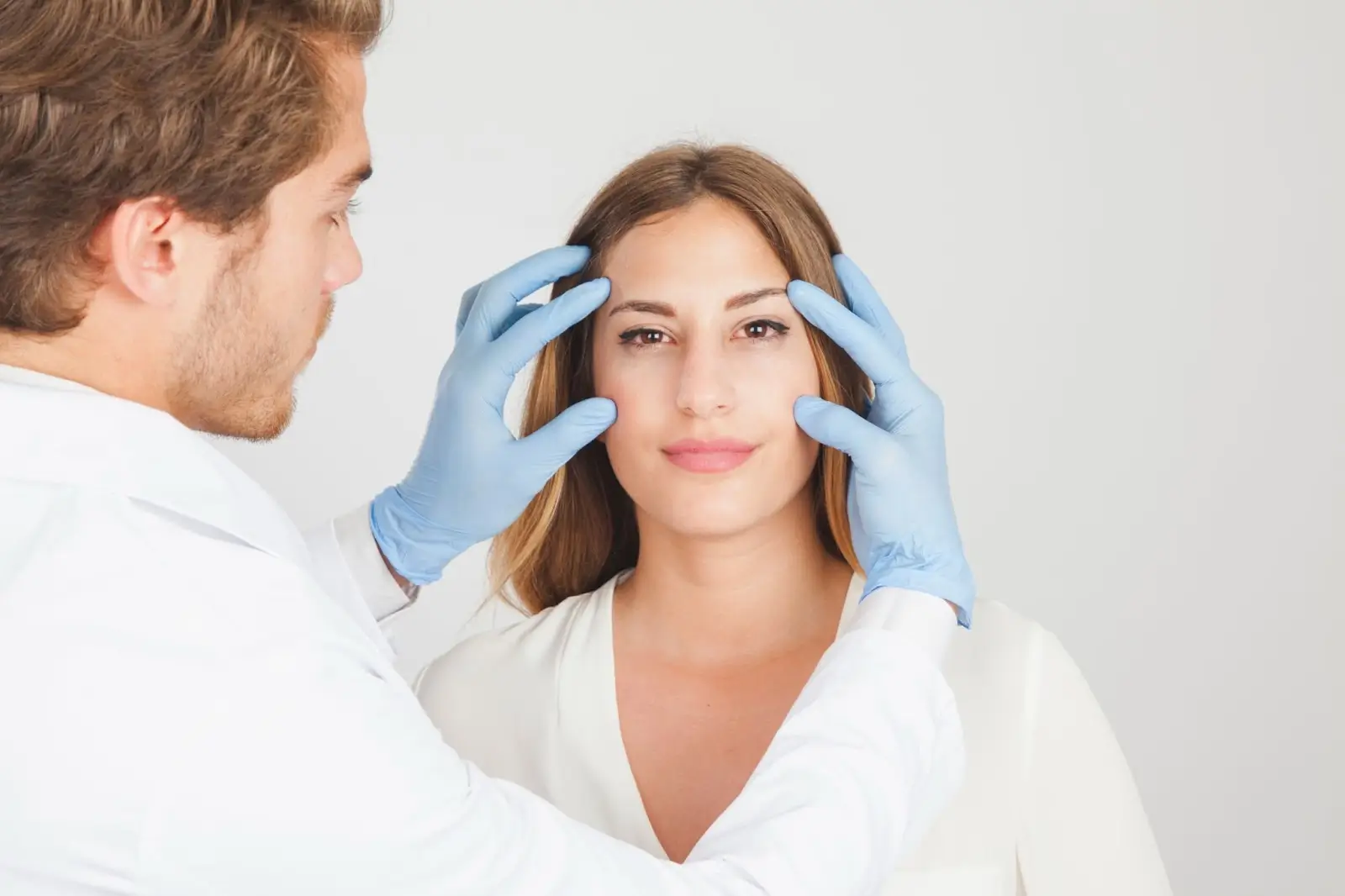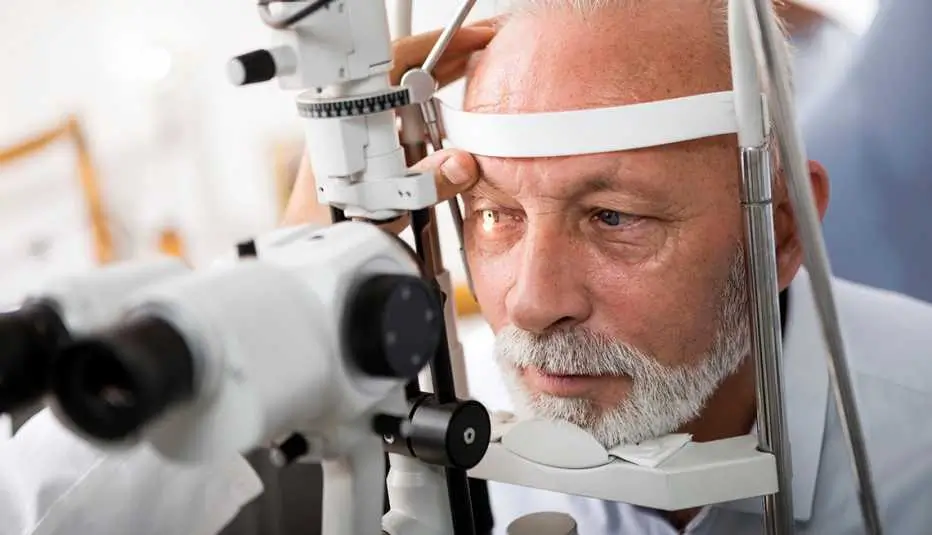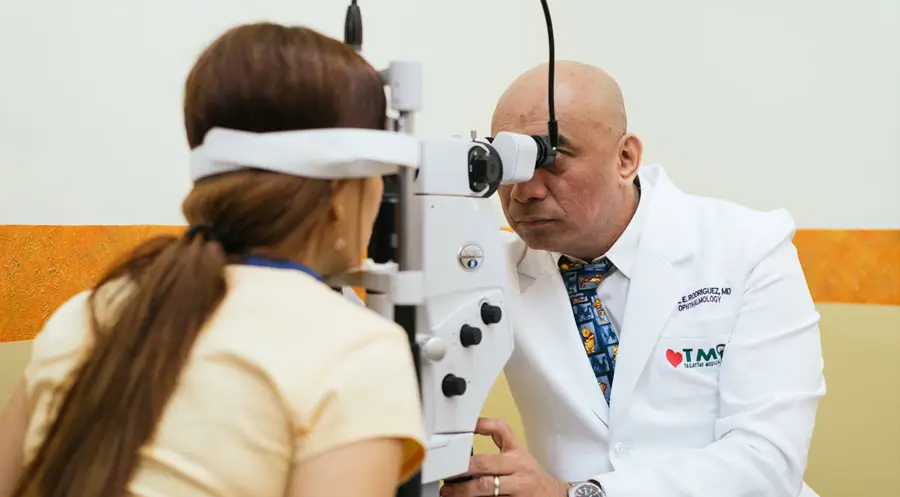
Corticosteroids have been used in eye care for a long time to reduce inflammation and manage conditions such as diabetic macular edema (DME) and other retinal diseases. While they can be effective, steroids come with trade-offs. Patients often face risks like higher eye pressure or the development of cataracts, which can complicate treatment over time. Because of these side effects, researchers and eye specialists have been eager to find alternatives that protect vision without the downsides of steroids.
One promising option is Vabysmo (faricimab-svoa). Unlike steroids, Vabysmo is a targeted biologic therapy designed to act on two key pathways, VEGF-A and Ang-2, that drive damage in retinal diseases. This dual action not only helps slow vision loss in DME and wet age-related macular degeneration (AMD) but also allows for longer breaks between treatments compared to many existing therapies.
This article will answer a simple but important question: Is Vabysmo a steroid? We’ll look at what Vabysmo is, how it works, its approved uses, and how it differs from traditional steroid treatments for the eye.
Key Takeaways
- Vabysmo is not a steroid; it is a biologic therapy classified as a bispecific antibody.
- It works by targeting VEGF-A and Ang-2, proteins that drive abnormal blood vessel growth and fluid leakage in the retina.
- Approved uses include neovascular age-related macular degeneration (nAMD), diabetic macular edema (DME), and retinal vein occlusion (RVO).
- Compared with steroids, Vabysmo offers more targeted action with a lower risk of complications like glaucoma, cataracts, or infection.
- Patients may require fewer injections over time, though dosing intervals depend on individual response and disease activity.
- Understanding the difference between biologics and steroids helps patients feel reassured about safety, treatment goals, and long-term vision management.
About: Doctor Medica is your trusted supplier of top-quality dermal fillers, viscosupplements, and more for your medical practice. We offer genuine products from leading brands at the lowest prices in the market. If you’re looking to order Vabysmo online for your practice, contact Doctor Medica today.
Why Vabysmo Is Classified as a Biologic, Not a Steroid

Vabysmo is a biologic, not a steroid. The difference comes down to how it is made and how it works. Vabysmo is derived from living cells and carefully engineered to target proteins involved in retinal vascular diseases. Steroids, on the other hand, broadly suppress inflammation throughout the body, which can lead to unwanted side effects in the eye.
The precision of Vabysmo makes it an important tool in modern eye care. It is a bispecific antibody, meaning it blocks two disease-driving proteins at once: VEGF-A and Ang-2. This dual mechanism strengthens blood vessels in the retina, reduces fluid buildup, and slows vision loss. Steroids may offer short-term relief for swelling, but they often cause problems like increased eye pressure, cataract formation, and a higher risk of infection.
Clinicians often refer to the Vabysmo generic name, faricimab-svoa, in prescriptions, research, and insurance documentation. Using the generic name underlines its classification as a biologic and helps distinguish it from steroid-based therapies. For patients, this difference is not just technical—it helps them understand why their doctor may choose Vabysmo over steroid injections, and what they can expect in terms of treatment outcomes and safety.
Mechanism of Action of Vabysmo vs Steroid Treatments
The way Vabysmo works is very different from steroids. By blocking both VEGF-A and Ang-2, it directly addresses the processes that drive abnormal blood vessel growth and instability in the retina. This action helps reduce leakage, prevent swelling, and protect vision. Its ability to act on two pathways at once makes it unique among available biologic treatments.
Steroids, meanwhile, work by calming overall inflammation in the eye. While this can reduce swelling, it does not stop the underlying drivers of retinal damage. For this reason, steroids are often considered for short-term relief, while Vabysmo offers a path toward longer-term disease management. It is worth noting that not every patient responds in the same way—treatment intervals with Vabysmo may vary depending on individual needs and disease activity.
Patients who understand this difference are often more confident in their treatment plan, as they can see why their doctor might recommend a biologic over a steroid for sustained care.
Risks and Benefits: Vabysmo Compared with Steroid Injections

When choosing between therapies for retinal vascular diseases, it helps to weigh the risks and benefits.
Key Advantages
- Directly targets the disease by focusing on VEGF-A and Ang-2
- Potential for fewer injections over time, though frequency depends on how each patient responds
- Lower likelihood of side effects linked to steroids, such as cataracts or glaucoma
- Proven outcomes in clinical trials for diabetic macular edema (DME), neovascular age-related macular degeneration (nAMD), and retinal vein occlusion (RVO)
Steroid injections can still be effective, particularly for reducing inflammation, but their risks are more pronounced. These include elevated intraocular pressure, the accelerated formation of cataracts, and a higher risk of infection. Patients who receive steroids may need additional treatments to manage these complications.
Vabysmo, by contrast, provides targeted control of disease activity with a safety profile that makes it suitable for long-term use. By understanding these differences, ophthalmologists can create tailored treatment strategies that match each patient’s needs while balancing both efficacy and safety.
How to Explain the Difference Between Vabysmo and Steroids to Patients
For patients, the idea of receiving injections in the eye can be intimidating, and many worry about side effects. Clear explanations help reduce that anxiety. One way to highlight the distinction is to explain that Vabysmo is a biologic therapy, not a steroid. It works by blocking specific proteins that cause harmful blood vessel growth, while steroids broadly suppress inflammation and can affect healthy tissues as well.
Simple analogies can also be effective. Steroids can be described as a “fire extinguisher”—they quickly put out inflammation but don’t address the underlying problem. Vabysmo, on the other hand, acts more like a “repair crew,” strengthening and stabilizing the blood vessels to reduce future damage. This framing helps patients see why biologics are often preferred for ongoing retinal care.
Doctors may also reassure patients by pointing out that Vabysmo may reduce the number of injections needed compared to other therapies, though the exact schedule depends on each individual’s response. Emphasizing that the treatment is both targeted and clinically tested helps patients feel more confident about moving forward with biologic therapy instead of worrying about steroid-related complications.
Conclusion
Vabysmo is not a steroid—it is a biologic therapy designed as a bispecific antibody that targets VEGF-A and Ang-2. The difference matters because steroids broadly suppress inflammation, while Vabysmo tackles the specific mechanisms that drive retinal disease.
For healthcare providers, clarifying this distinction builds trust and improves patient understanding. For patients, knowing that Vabysmo is a biologic—not a steroid—provides reassurance about its safety, precision, and potential for long-term vision preservation.
FAQs
1. What is Vabysmo used for?
Vabysmo is approved to treat neovascular age-related macular degeneration (nAMD), diabetic macular edema (DME), and retinal vein occlusion (RVO). It works by blocking harmful proteins that cause abnormal blood vessel growth and leakage in the eye.
2. Is Vabysmo a steroid?
No. Vabysmo is a biologic medication, not a steroid. It is designed to precisely target VEGF-A and Ang-2, while steroids work more broadly by reducing general inflammation.
3. What are the side effects of Vabysmo?
Common side effects may include temporary eye pain, floaters, or mild increases in eye pressure after injection. Rare but more serious complications can include infection or retinal detachment. Patients should report any unusual symptoms to their eye doctor immediately.
References
Salvetat ML, Pellegrini F, Spadea L, et al. The treatment of diabetic retinal edema with intravitreal steroids: how and when. J Clin Med. 2024;13(5):1327.
Schwartz SG, Flynn HW Jr, Scott IU. Intravitreal corticosteroids in the management of diabetic macular edema. Curr Ophthalmol Rep. 2013;1(3):144–149.
Related Articles
Joanna Carr
Harmonyca vs Juvederm – A Thorough Comparison
Harmonyca combines calcium hydroxyapatite (CaHA) and hyaluronic acid (HA) to stimulate immediate volume and long-term collagen, making it ideal for de...
Joanna Carr
Eylea vs Avastin – Comparing Two Treatments for Wet AMD
Compare Eylea and Avastin treatments for wet AMD, exploring their effectiveness, differences, and what might work best for individual needs.
Joanna Carr
Mesotherapy For Facial Skin Hydration
Have an interest in learning about Mesotherapy For Facial Skin Hydration? Browse Doctor Medica's extensive archive of blog postings.


